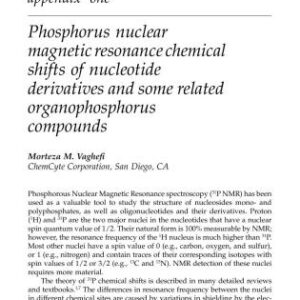Recently, a significant effort has been devoted to the investigation of ZnO as a suitable semiconductor for UV light-emitting diodes, lasers, and detectors and hetero-substrates for GaN. Research is driven not only by the technological requirements of state-of-the-art applications but also by the lack of a fundamental understanding of growth processes, the role of intrinsic defects and dopants, and the properties of hydrogen. The NATO Advanced Research Workshop on ?Zinc oxide as a material for micro- and optoelectronic applications?, held from June 23 to June 25 2004 in St. Petersburg, Russia, was organized accordingly and started with the growth of ZnO. A variety of growth methods for bulk and layer growth were discussed. These techniques comprised growth methods such as closed space vapor transport (CSVT), metal-organic chemical vapor deposition, reactive ion sputtering, and pulsed laser deposition. From a structural point of view using these growth techniques ZnO can be fabricated ranging from single crystalline bulk material to polycrystalline ZnO and nanowhiskers. A major aspect of the ZnO growth is doping. n-type doping is relatively easy to accomplish with elements such al Al or Ga. At room temperature single crystal ZnO exhibits a resistivity of about 0. 3 -cm, an electron mobility of 2 17 -3 225 cm /Vs, and a carrier concentration of 10 cm . In n-type ZnO two shallow donors are observable with activation energies of 30 ? 40 meV and 60 ? 70 meV.
Chemistry
[PDF] Zinc Oxide ? A Material for Micro- and Optoelectronic Applications Robert Triboulet, Vicente Munoz-Sanjos?, Ramon Tena-Zaera, Mari Carmen Martinez-Tomas (auth.), Norbert H. Nickel, Evgenii Terukov (eds.)
$19.99

![[PDF] Zinc Oxide ? A Material for Micro- and Optoelectronic Applications Robert Triboulet, Vicente Munoz-Sanjos?, Ramon Tena-Zaera, Mari Carmen Martinez-Tomas (auth.), Norbert H. Nickel, Evgenii Terukov (eds.)](https://pdfelite.com/wp-content/uploads/2024/04/233de144b158b75c6db0d60b4efabfa2-d.jpg)




Reviews
There are no reviews yet.